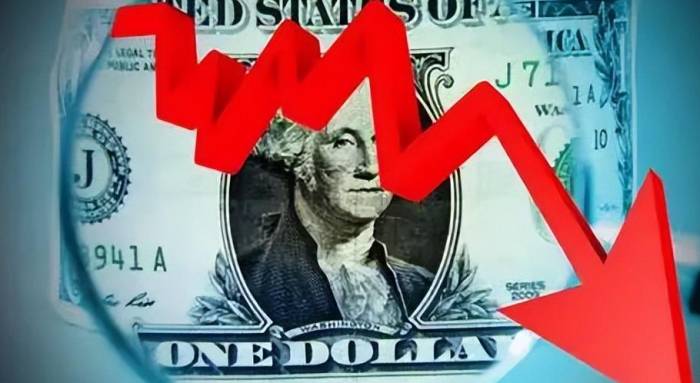There is an ancient Chinese saying: "The wind begins with the rustling of the reeds, and the waves form from the ripples of the water."
This phrase perfectly describes the move by the People's Bank of China to announce a rate cut on October 21, 2024.
As soon as this news broke, it instantly caused a huge stir in the financial market, with people speculating about the deeper implications behind this action.
Just a few days before the rate cut, on October 18, the China Securities Regulatory Commission released an important message, stating that it would further relax the conditions for foreign capital access and optimize the business environment.
This news undoubtedly gave a strong boost to foreign capital, and their expectations for China's economic growth also increased accordingly.
At the same time, the global economic weathervane is also quietly changing.
On September 19, the Federal Reserve announced a rate cut of 50 basis points. This move not only sparked heated discussions among economists in the United States but also caused subtle changes in the global capital flow pattern.
Capital began to seek new safe havens, and as the world's second-largest economy, China naturally became the focus of attention for many investors.When it comes to the United States, the global financial leader, it has certainly put in a lot of effort in financial policies in recent years. Especially since 2022, in an attempt to curb China's development momentum, the U.S. has raised interest rates multiple times, trying to contain China's capital flows by increasing rates.
However, this strategy is not without risks. While raising interest rates can attract capital inflows, it can also increase the economic burden on the country and may even trigger a financial crisis. Indeed, the U.S. fiscal deficit in 2024 has already reached alarming levels, and continuing to raise interest rates would be like adding insult to injury.
The Federal Reserve's decision to lower interest rates this time has further increased the risk of a massive outflow of dollars, and the future of the U.S. financial market is full of uncertainty.
In contrast, China's interest rate cuts are particularly eye-catching. Against the backdrop of a pessimistic global economic environment, European countries have been cutting interest rates to stimulate their economies, while the U.S. has been persistently raising rates. This could not only damage relations with allies but also affect the flow of international capital.China's decision to cut interest rates at this time is undoubtedly a positive response to the current global economic situation.
Moreover, although China's economy faces certain pressures, the government has been working hard to improve the stock market.
The interest rate cut on October 21, followed by the emphasis on the stock market at the subsequent press conference, demonstrates the government's concern and support for the stock market.
The importance of the stock market to China's economy is self-evident.
It can not only help state-owned enterprises raise funds and promote market-oriented reforms, but also facilitate capital flows and enhance market confidence.
Under the current economic situation, the stability and development of the stock market are crucial for China's economy.

Therefore, the government's interest rate cut this time is not only a support for the stock market, but also a reflection of confidence in the future development of China's economy.
However, the challenges facing China's economy should not be overlooked.The imbalance in industrial structure, the coexistence of internal inflation and external deflation, and other issues have all had a significant impact on economic growth.
Although the government has introduced a series of measures to address these problems, the results have not been obvious.
The room for monetary policy operations has narrowed, and traditional monetary and fiscal policies are facing difficulties. Finding new economic growth points has become an important challenge at present.
However, it is important to note that China's economy has never been smooth sailing.
It has experienced storms and witnessed rainbows.
Each challenge is a test of the resilience and potential of China's economy.
Although facing difficulties and challenges at present, the potential strength of China's economy remains considerable.
In the future, economic policies need to find a balance between stability and development, promoting the recovery of the stock market while ensuring the continuous upward trend of the economy.Only in this way can we cope with the changes in the global economic landscape and achieve sustainable development of the Chinese economy.
This interest rate cut is undoubtedly a timely adjustment of the current policy tools.
It not only reflects the Chinese government's profound insight into the current economic situation but also demonstrates China's self-positioning and response strategies in the international financial environment.
Faced with the complex and changing global economic situation, China needs to maintain its composure, strengthen its confidence, and meet future challenges with a more open and inclusive attitude.
Only in this way can we ride the waves of the global economy and forge ahead bravely.